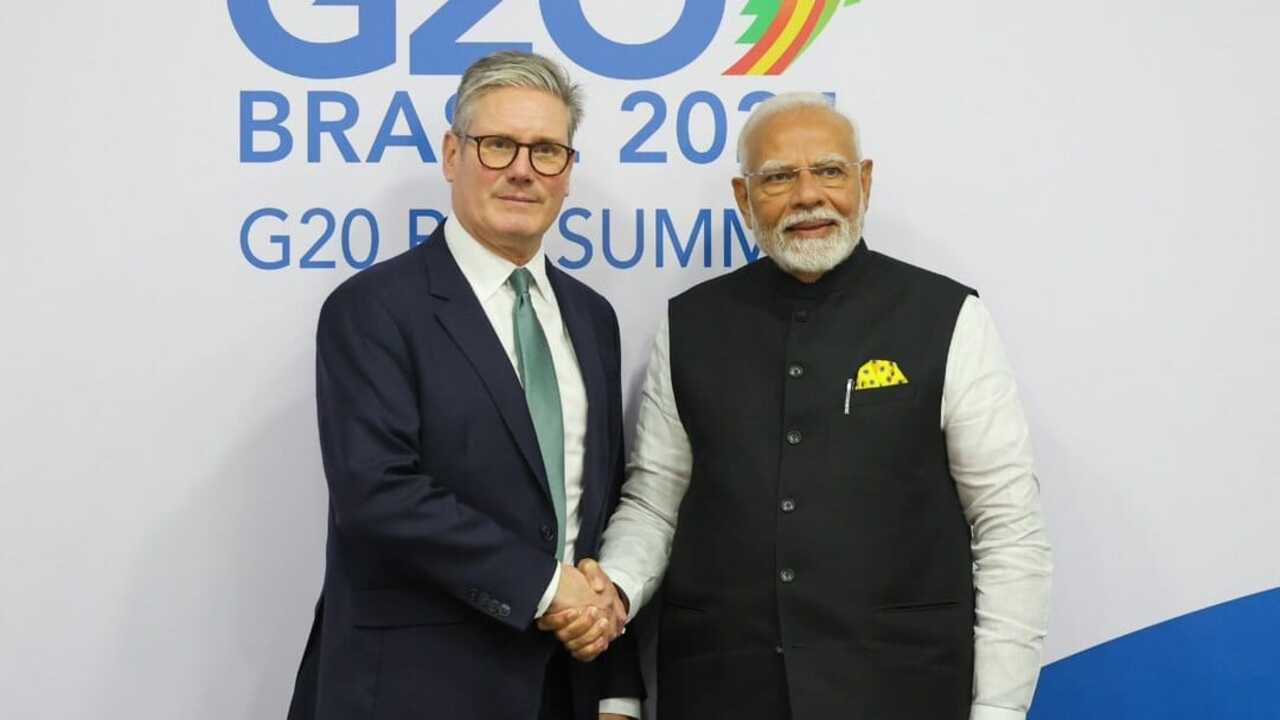The India-UK FTA: A Strategic Partnership for Economic Growth
Introduction
The India-UK Free Trade Agreement (FTA), a long-awaited accord, has been finalized after over three years of negotiations and is expected to be signed within the next few months, with implementation anticipated within a year. The deal is a strategic step in strengthening economic ties between two major global players, aiming to double trade by 2030 and add an estimated $34 billion to bilateral trade by 2040. This agreement is significant as it allows both countries to enhance their trade relationship, boost exports, and reduce trade barriers.
Key Provisions:
-
Tariff Reductions and Market Access:
-
India will reduce tariffs on 90% of UK product categories, with 85% becoming tariff-free within 10 years. The UK, in return, will eliminate tariffs on 99% of Indian exports.
-
-
Sectoral Benefits:
-
India: Key beneficiaries include textiles, leather, engineering goods, gems and jewelry, and automobiles. The gems and jewelry sector alone is projected to see a $2.5 billion increase in exports within two years.
-
UK: The UK is expected to benefit from reduced tariffs on whisky, gin, and automobiles, as well as greater market access for medical devices and cosmetics.
-
-
Services and Labour Mobility:
-
The deal facilitates easier movement of skilled Indian workers to the UK, exempting them from social security contributions for three years.
-
Potential Concerns:
-
Agriculture:
Farmers fear a drop in prices for key exports like tea and spices, with concerns that cheaper imports from the UK could disrupt local markets. -
MSMEs:
Small and medium enterprises may face challenges from foreign competition, particularly in sectors like defense and public procurement. -
Import Dependency:
Experts caution that the deal could increase India’s import dependency, especially in strategic sectors, potentially undermining local industries.
conclusion,
while the India-UK FTA offers substantial trade and economic opportunities, careful management of its impact on vulnerable sectors will be crucial for ensuring its long-term benefits.




Comments (0)